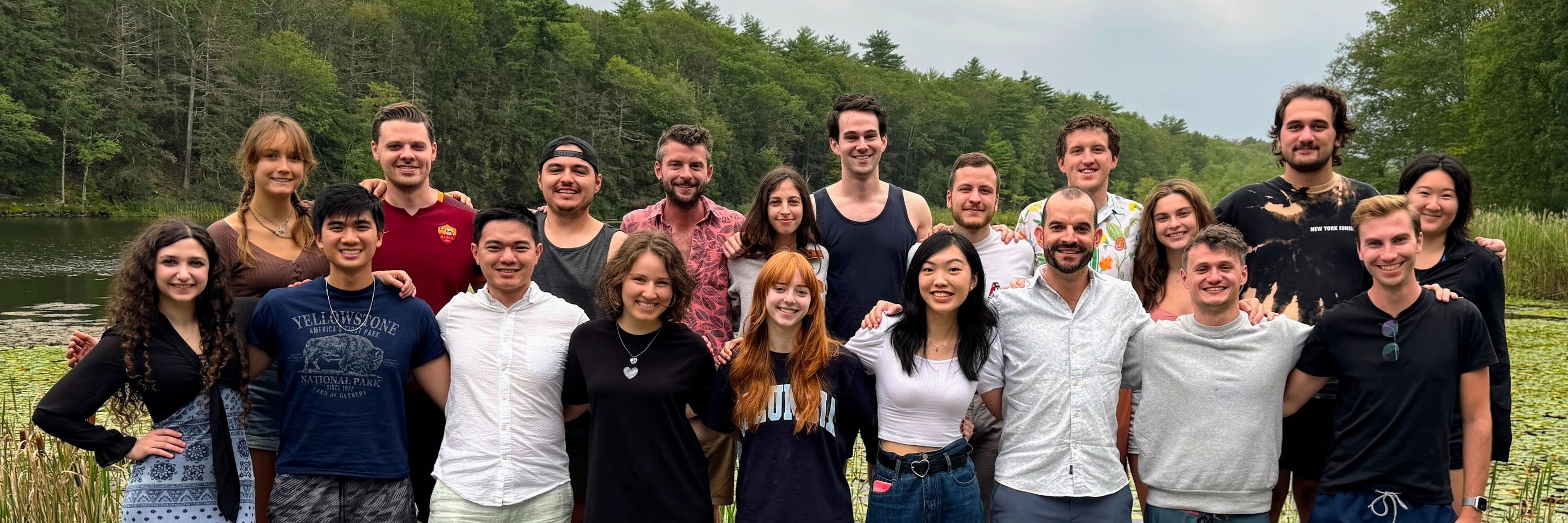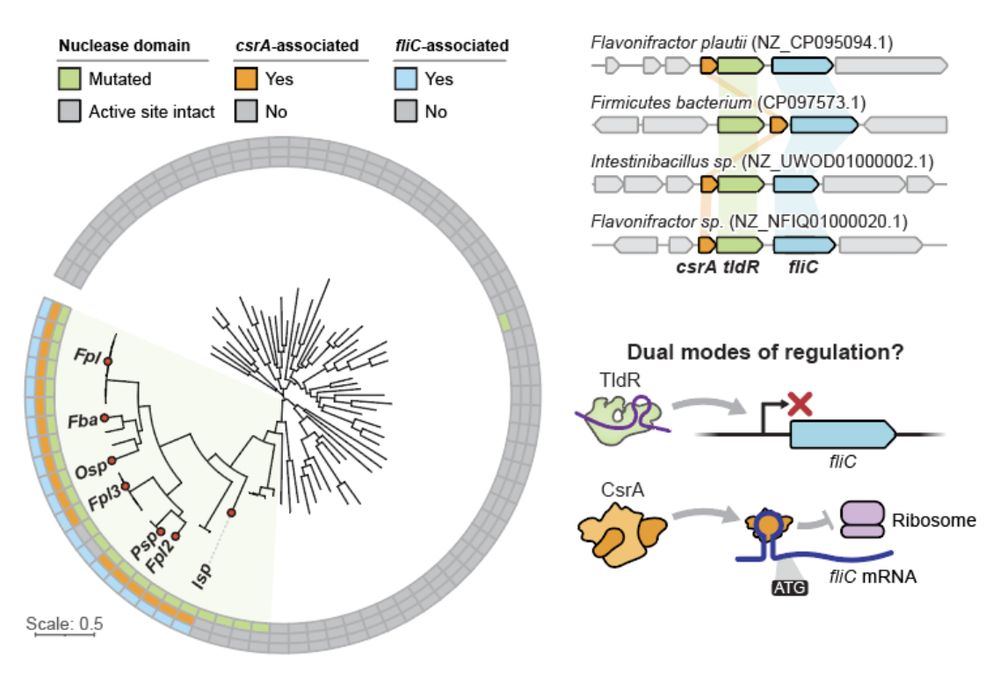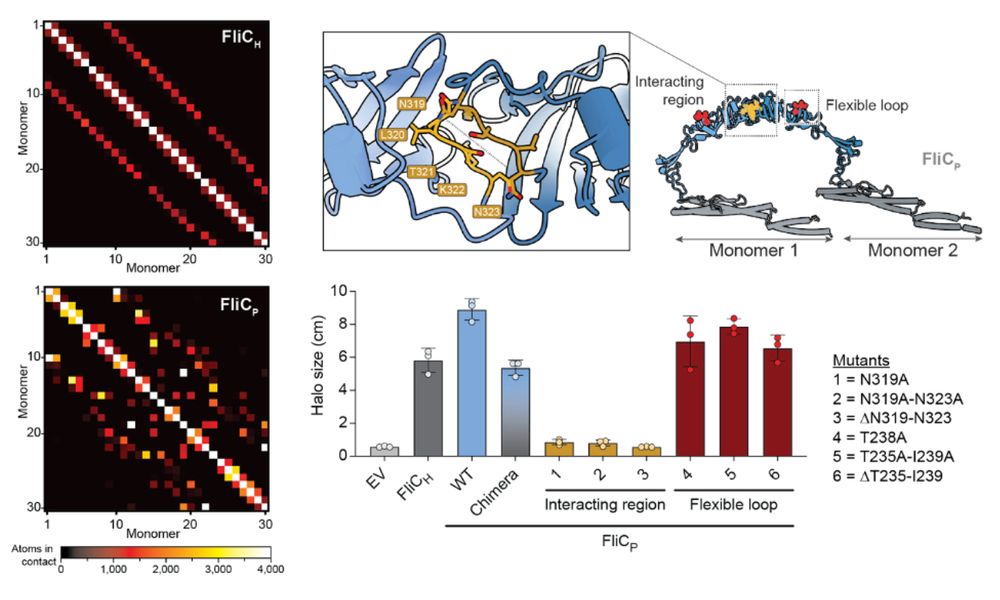
Posts are from lab members and not Samuel Sternberg unless signed SHS. Posts represent personal views only.
Visit us at www.sternberglab.org
www.science.org/doi/10.1126/...

www.science.org/doi/10.1126/...
🙏 to all co-authors and to Ivo, @sternberglab.bsky.social, and @harriswang.bsky.social for incredible leadership.

🙏 to all co-authors and to Ivo, @sternberglab.bsky.social, and @harriswang.bsky.social for incredible leadership.
This approach enables new opportunities to probe microbial functions in vivo, elucidate unculturable taxa, and build microbiome-based therapies.
More to come on the horizon. ⚙️🦠🧬💊
This approach enables new opportunities to probe microbial functions in vivo, elucidate unculturable taxa, and build microbiome-based therapies.
More to come on the horizon. ⚙️🦠🧬💊
By integrating a GFP payload, we visualized edited SFB filaments, a major step toward uncovering how they shape immune development in the small intestine.

By integrating a GFP payload, we visualized edited SFB filaments, a major step toward uncovering how they shape immune development in the small intestine.
Feeding mice inulin expanded the edited Bt ~30-fold, and removing inulin brought it back down.
A fully reversible, diet-tunable way to control engineered bacteria in vivo.

Feeding mice inulin expanded the edited Bt ~30-fold, and removing inulin brought it back down.
A fully reversible, diet-tunable way to control engineered bacteria in vivo.
Can we control engineered gut bacteria using diet?
The answer: yes!
We next used MetaEdit to install a 7.5 kb polysaccharide-utilization locus into the genome of native murine Bt in vivo.
Can we control engineered gut bacteria using diet?
The answer: yes!
We next used MetaEdit to install a 7.5 kb polysaccharide-utilization locus into the genome of native murine Bt in vivo.
This let us recover engineered strains straight from stool by integrating a selective payload & using only a tiny 32-base target sequence as the tag.

This let us recover engineered strains straight from stool by integrating a selective payload & using only a tiny 32-base target sequence as the tag.
These plasmids encode CRISPR-associated transposases (CAST) to direct RNA-guided insertion of DNA payloads at programmable sites within Gram- and Gram+ members of the gut community.

These plasmids encode CRISPR-associated transposases (CAST) to direct RNA-guided insertion of DNA payloads at programmable sites within Gram- and Gram+ members of the gut community.

Remarkably, this revealed that the DRT enzymes are bacterial homologs of TERT.

Remarkably, this revealed that the DRT enzymes are bacterial homologs of TERT.

DRT2: science.org/doi/10.1126/...
DRT9: nature.com/articles/s41...

DRT2: science.org/doi/10.1126/...
DRT9: nature.com/articles/s41...
And yet, the evolutionary origin of telomerase has long remained unresolved.
And yet, the evolutionary origin of telomerase has long remained unresolved.




